Charging A Leisure Battery While Driving
There are essentially two methods for charging a leisure battery from your vehicle’s engine: using a split charge relay, or a battery to battery (B2B) charger device. These methods both work by making use of the vehicle engine’s alternator (which converts AC into DC power).
Split charging involves connecting the starter battery to the leisure battery through a split charger. When the engine is running, the excess energy from the alternator is directed to the leisure battery, ensuring it remains charged (however a split charger will never fully charge your leisure battery). When the engine is turned off, the connection between the batteries is disconnected to prevent over charging. Split chargers have been around for a long time now and won’t usually work on newer vehicles, and can now (in our opinion) be classed as old tech – although they definitely still have their uses.
Using a B2B charger, however, allows you to fully charge your leisure battery whilst on the move. It is the more expensive option as the charger itself costs more than a standard split relay device – but they are very easy to install and the prices have dropped quite significantly over the last few years. Some of the cheaper B2B charges can be picked up at around £100 and be installed just as easily as the old split charge relays.
A B2B charger is a smart device; it sees the alternator continue to charge the battery with a continuous voltage supply. It then controls the voltage so that the leisure battery receives the optimum amount of power for its needs, also known as its “charging profile.” Many B2B chargers are programmable, too, allowing you to achieve the best possible results for your specific needs.
It’s important to note that if you regularly use the power of your engine’s alternator to recharge a leisure battery, the alternator will likely wear out sooner than through normal driving use. It’s also important to check what kind of leisure battery you have, for example, Lithium-ion batteries must be very carefully managed in order to avoid overcharging.
The recommended type of split charger depends on the type of leisure battery and alternator in the vehicle. For lead acid/AGM batteries, both VSRs and DC-DC chargers can be used. For lithium-ion batteries and vehicles with smart alternators, a DC-DC charger is required.
A Practical Solution
In conclusion, we beleive a B2B charger makes the best choice if you plan to charge a leisure battery from a van whilst driving. They are readily available, easy to install and have become much more affordable recently.
